Brilliant Choice International
Muscat: Muscat is the Capital of Oman and it is the known seat of the government. Muscat is an old city full of natural landscapes like the Hajar Mountains which dominate the Landscape of Muscat. The City lies on the Northern of Oman and it lies on the Arabian Sea where it has a strategic position on Hormuz.
The city referred to as “Muscat” is in fact three smaller towns they are:
The Sultan Qaboos Grand Mosque: The Sultan Qaboos Grand is a contemporary place of worship, serving as a spiritual landmark for modern Oman. It maintains a perfect balance between aesthetics, culture and Islamic tradition and pays tribute to Oman’s civilisations through the ages.
The mosque occupies a monumental site with the main prayer hall large enough for more than 6,000 worshippers, and a capacity of up to 20,000 on the grounds. In the interior, an 8-tonne crystal chandelier hangs from the 50-metre-high central dome. The hand-stitched carpet in the main prayer hall measures 70 x 60 metres and weighs over 21 tonnes.

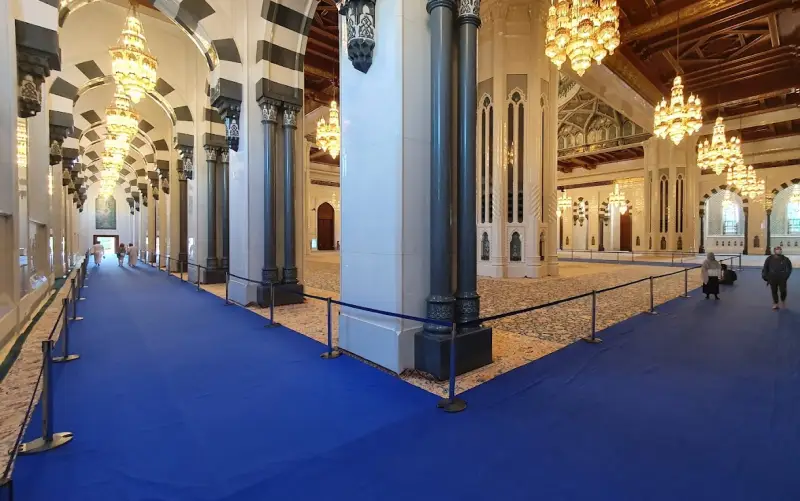
The Royal Opera House: Muscat’s glittering new, world-class performing arts centre is a physical representation of the Sultan’s vision for the future of Oman’s cultural heritage. This stunning building features an exquisite decorative design inspired by Middle Eastern tradition, and is the first of its kind on the Arabian Peninsula. It is in the heart of Muscat and showcases diverse artistic performances from Oman, the region and the world. It hosts opera, music, dance and family events. An unforgettable night out in Muscat.

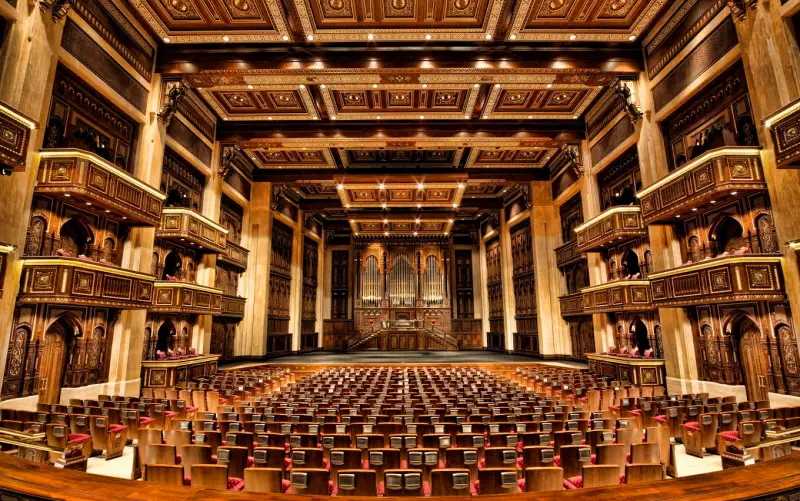
Mutrah Souq: Mutrah Souq provides an insight into a way of life which has remained largely unchanged through the centuries – stallholders still sell frankincense, silver jewellery, spices, fabrics and Bedouin handicrafts in its many shopfronts. A visit to Mutrah is a must-do on any visit to Muscat, with fragrances on the air and the sight of Omani men in their traditional dishdashas sharing the news of the day over cups of qahlwa making for a truly immersive cultural experience.

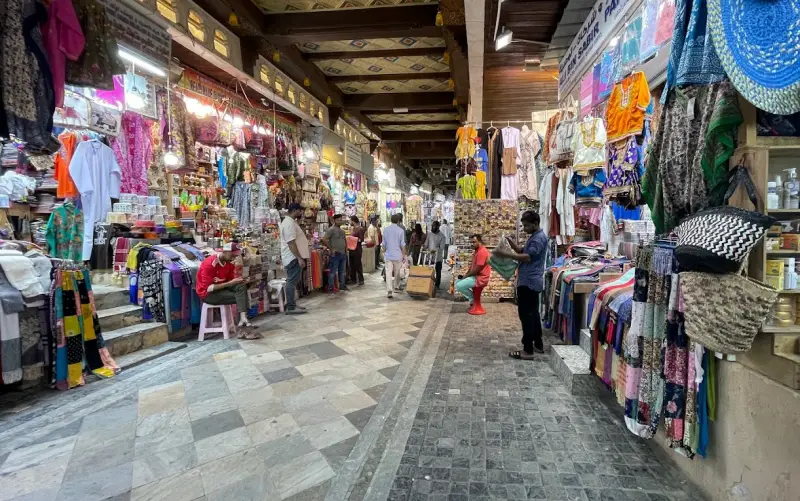
The Bait Al Zubair Museum: Bait Al Zubair is cultural foundation started initially with a private museum that opened its carved wooden doors to the public in 1998. Vision :Pioneering in the heritage, culture and arts sectors. Mission:The institutional and systematic definition of Omani heritage, and the organisation of specific cultural initiatives, projects, and programmes that are in line with the aspirations of the cultural scene and express the responsibility of the institution culturally and cognitively in serving the heritage and culture.
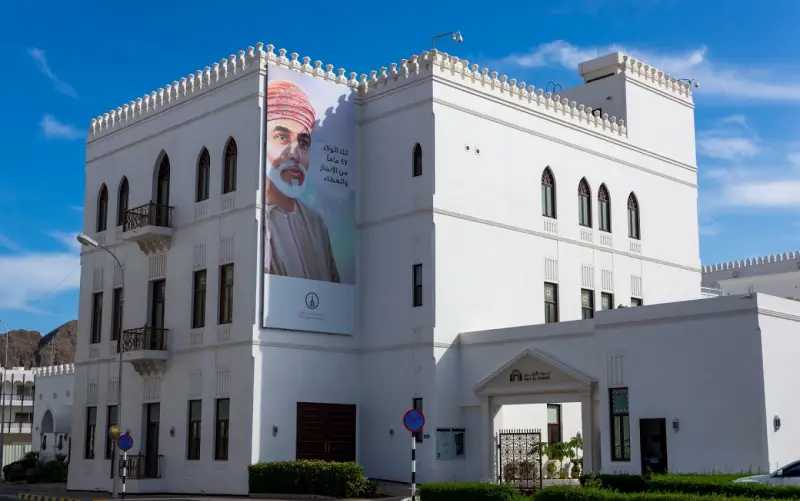
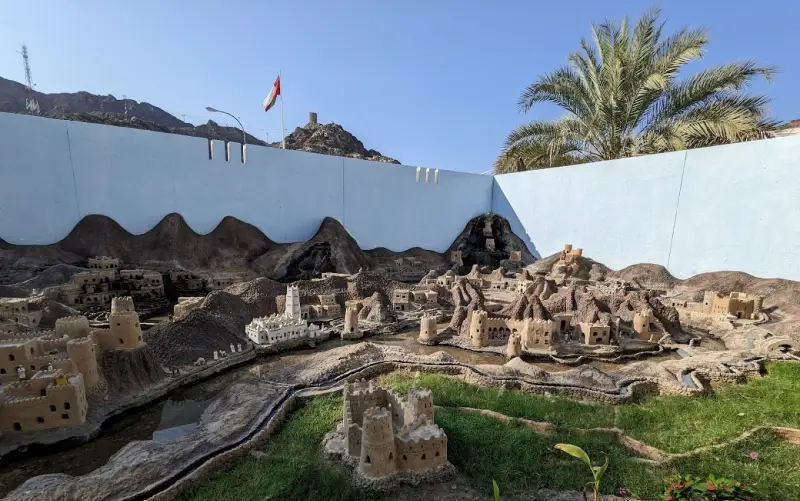
The National Museum: The National Museum is the Oman’s flagship cultural institution, showcasing the Sultanate’s cultural heritage from the earliest evidence of human settlement in the Oman Peninsula through to the present day.
As a national institution with global outreach, the Museum is ensuring that Oman’s cultural heritage is recognised and appreciated not only within the Sultanate, but also internationally. Through an interchange of knowledge and skills on issues of cultural heritage, it is helping to build a national and international network based on unity and mutual support. Further, it is providing opportunities for cultural expression, innovation and the transfer of traditional skills and knowledge from one generation to the next.
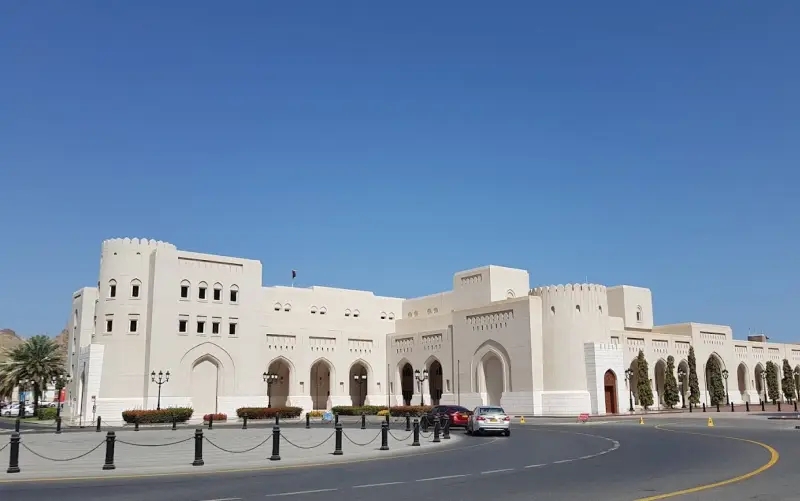

The Sultan’s Palace Al Alam: Al Alam Palace is the official residence of His Majesty Sultan Qaboos. It rests between the twin forts of Al Mirani and Al Jilali, and features a unique, striking design that includes a stunning forecourt area.
The palace sits right on the waterfront within the old city wall, parts of which have been lovingly restored. Contemporary travellers can pass freely through the gates into Old Muscat now and marvel at the fact that, until 1970, these gates were locked at sunset each day as had been customary for almost five centuries prior.
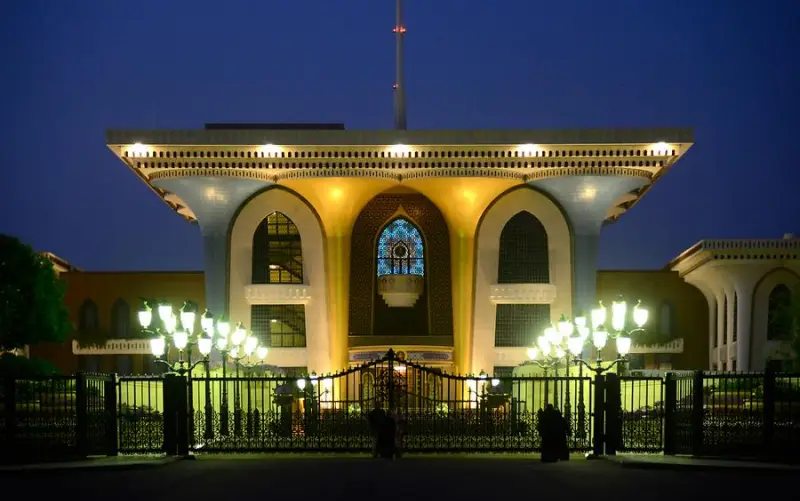
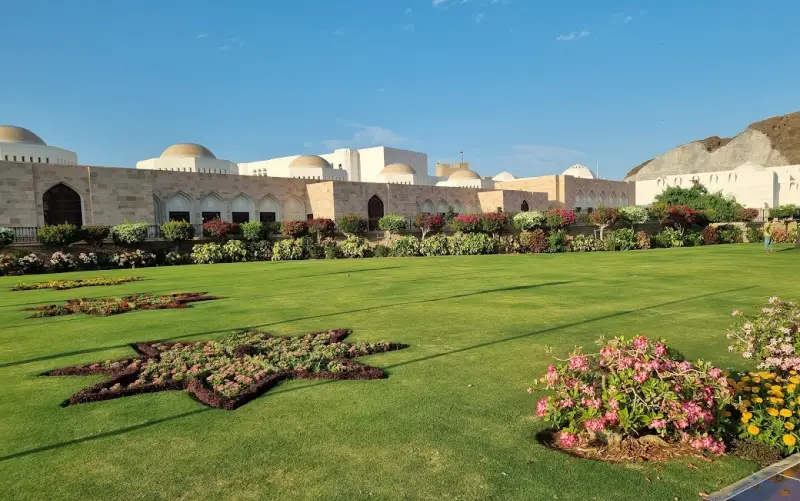
Forts Al Jalali & Al Mirani (Twin Forts): Muscat’s buildings never rise more than ten storeys – a longstanding decree by His Majesty the Sultan to ensure that the city’s magnificent mountain backdrop is never overshadowed by man-made structures.
Rather than skyscrapers, the twin forts of Al Mirani and Al Jilali – perched atop the headlands on either side of the harbour – have pride of place on Muscat’s skyline. They represent just two of the many forts and watchtowers from centuries past which can be seen on the mountains surrounding the city.
Al Jalali Fort, or Ash Sharqiya Fort, is a fort in the harbor of Old Muscat, Oman. The fort was built by the Portuguese under Philip I of Portugal in the 1580s on an earlier Omani fortress to protect the harbor
Fort Al-Mirani is a fort located in the harbor of the city of Old Muscat, Oman. The fort existed prior to the Portuguese invasion and was later rebuilt by the Portuguese in 1587. The fort became the first to use cannons in Oman
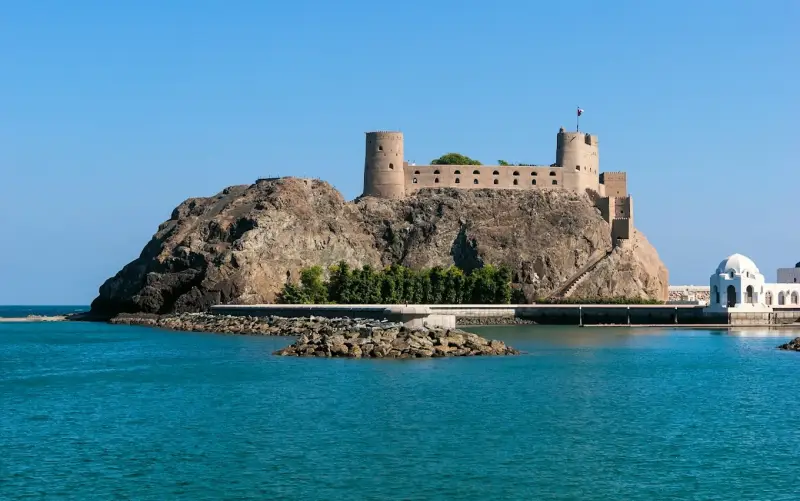
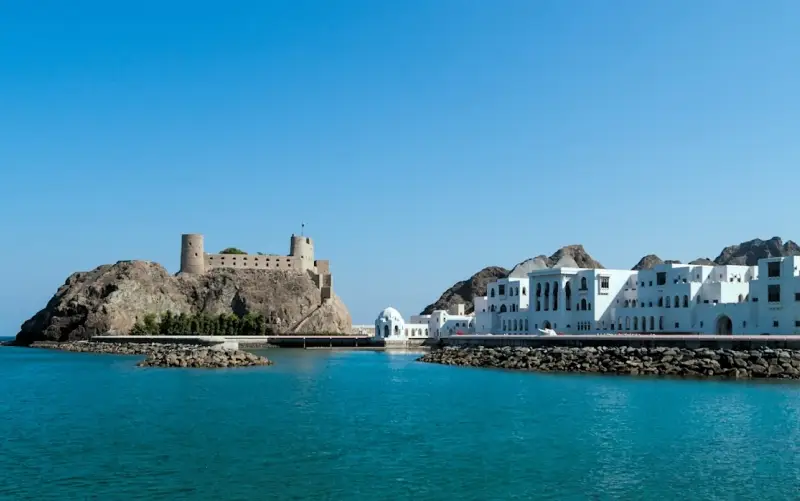
NEW – 01-12-23
SCHEDULE & NOTES
Time: Two Schedules (08:00 – 13:00) & ( 16:00 – 21:00)
Tour type – 5 hours
Season: Mainly October – March (refer Oman Climate Guide)
INCLUDES & EXCLUDES
1. Tourist from Oman
INCLUSIONS
1.Services of an experienced English/Arabic-speaking
2.Pick up and Drop off as per itinerary
EXCLUSIONS
1.All entry tickets
2.Any personal shopping
3.Additional areas you may wish to visit
4.All others not mentioned under “INCLUDES”
2. International Tourist
INCLUSIONS
1.Stay in 3/4/5 star hotels
2.Daily Breakfast
3.Daily Tours
4.Free Airport pick and drop
5.English-speaking guide
EXCLUSIONS
1.Airfare,
2.Travel insurance
3.All others not mentioned under “INCLUDES”
Special Note
1.1. Please be abide by the rules and regulations of each spot
2.Terms and conditions apply (Refer to our website: https://brilliantchoiceinternational.com/terms-and-conditions/)
Drop Us a Line!

 )
)
 )
)
 )
)